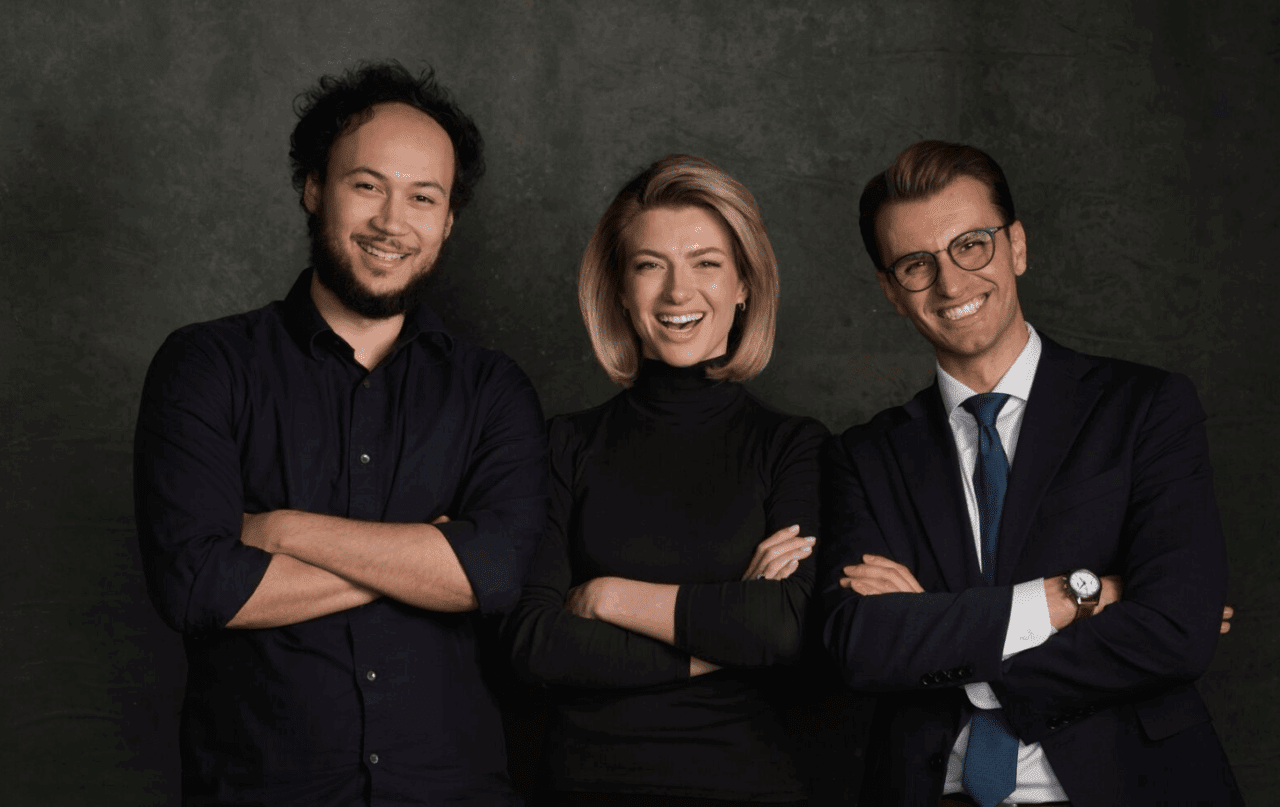
- Ant International, Standard Chartered, and Swift have launched a new bank-to-wallet solution linking Swift’s 11,500-institution network with Alipay+’s 1.7 billion digital wallet accounts across 36 providers.
- The service offers faster, regulated alternatives to stablecoins, with ISO 20022 backing to ensure interoperability, compliance, and scalability for cross-border payments.
- Beyond speed, the initiative aims to boost financial inclusion, giving underbanked consumers access to funds through wallets they already use while allowing banks to stay relevant in wallet-first markets.
Global payments and fintech provider Ant International, international banking group Standard Chartered, and provider of secure financial messaging services Swift are banding together this week to launch a bank-to-wallet payment solution.
The three are leveraging Swift’s network of over 11,500 financial institutions in more than 200 countries and territories, as well as Ant International’s global wallet gateway service Alipay+. The new payment solution will connect Swift’s network to the 1.7 billion user accounts on the 36 global digital wallets in Alipay+’s ecosystem.
“We are very excited to be part of this ground-breaking multilateral collaboration with Swift, banking leaders, and Alipay+ e-wallet partners to facilitate bank-to-wallet transactions on a global scale,” said Ant International General Manager of Global Remittance Jacques Xu. “Ant International will continue to support such cross-sector collaboration with fintech innovations, to build a more connected payment and financial ecosystem for businesses and consumers with ever higher standards of transparency and security, as part of our focus on promoting global interoperability and inclusion.”
The digital wallet can also create an onramp into the traditional financial system. That’s because wallets connected to banks via Swift create a bridge that allows users to build transaction histories, potentially improving access to credit, insurance, and other financial services. Additionally, it has the potential to help unbanked and underbanked consumers because the bank-to-wallet capabilities allow them to receive money directly into a wallet they already use, circumventing the barriers to opening a bank account.
“In a world of fast-moving innovation with a growing number of ways to move value, consumers and businesses expect more choice and optionality in their international payments experience,” said Swift Chief Executive, Asia Pacific, Kevin Wong. “Swift is at the forefront of providing a best-in-class experience with greater flexibility and choice. This collaboration with Ant International and Standard Chartered reflects that strategic commitment to faster, frictionless payments across multiple networks.”
The first transactions on the new payments solution have already been successfully completed between a Standard Chartered Bank customer account and a partner e-wallet.
The launch of the new bank-to-wallet solution comes as stablecoin capabilities gain traction as an alternative for cross-border payments. However, while stablecoins promise fast, low-cost settlement, regulatory uncertainty and fragmentation have limited their adoption at scale. By contrast, today’s initiative shows how banks and fintechs can deliver many of the same benefits through established, regulated rails. Backed by the ISO 20022 messaging standard, the model also ensures interoperability and compliance with global payment systems, giving it a more durable foundation than many of today’s experimental stablecoin frameworks.
This partnership is a great example of how traditional banks and infrastructure services are collaborating with international tech players, moving from competition to interoperability. By linking Swift’s rails with Alipay+’s wallet ecosystem, the bank-to-wallet solution not only brings underbanked consumers into the financial system, but also strengthens cross-border payments. For Standard Chartered, it offers a chance to remain as a central player in markets where digital wallets dominate. The launch is also validating for fintechs that digital wallets have now gone mainstream.
“We are pleased to be the bank of choice to conceptualize, test, and deliver this innovation,” said Standard Chartered Global Head of Transaction Banking Michael Spiegel. “It is testament to the versatility of our banking platform and our strategic relationship with both Swift and Ant International. We will continue to push the boundaries of finance to shape the future of our industry, securely and in compliance with regulatory requirements.”











